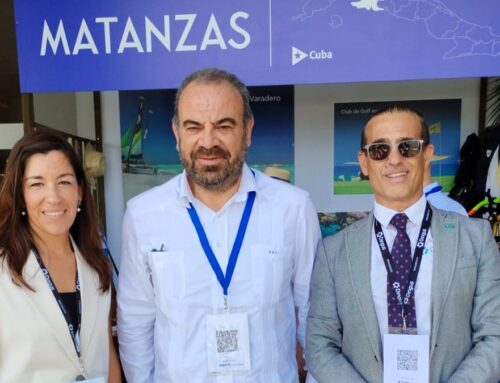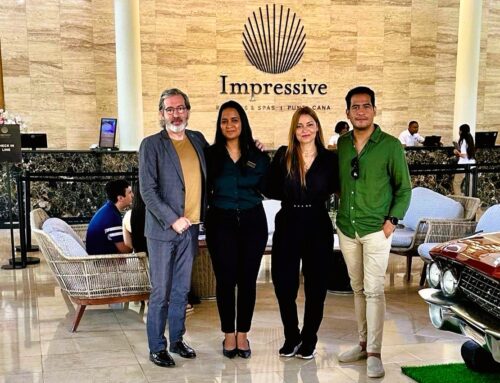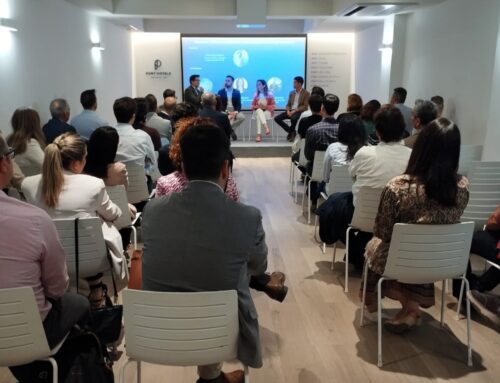Since 2016, the Tourism Technology Centres working group has been collaborating closely, combining synergies and initiatives with the Tourism Technology Platform (Thinktur) and the ITH (Hotel Technology Institute). As a first step, they jointly produced an ebook identifying the main technological trends in tourism. In 2017, these technology centres and entities such as Turistec, where the associated ICT companies base their business model on the lever of innovation, such as Dingus, talked about the opportunities of Smart Data and Open Data. In 2018, Artificial Intelligence and in 2019 blockchain. Last year, the focus was on Tourism Intelligence systems.
In 2021, and with a view to the necessary reactivation of tourism, the central proposal has been initiatives aimed at the resilience of the tourism industry. The digital book that brings together all the contributions has just been presented at FiturtechY, Fitur’s tourism innovation and technology forum. The president of Thinktur and director general of ITH, Álvaro Carrillo de Albornoz, referred to the joint work as “an example of collaboration that should not stop there, but should advance in solving the real problems of the actors in the tourism industry”. Carrillo de Albornoz regretted that the necessary attention is not paid to the contributions of all those organisations (in the case of the technology centres) and companies (in the case of Turistec) that in advance are marking the route of the trends that need to be implemented.
Heterogeneity, analysis and integration capacity
Dingus has shared one more year what it is doing around the proposed topic, and this time, our contribution has been the Data Intelligence platform:
It is Dingus’ first R&D project based on Big Data technology, funded by the CDTI (Centre for the Development of Industrial Technology). It has three basic elements for innovation: the heterogeneity of data sources, real-time analysis and the ability to integrate with other existing BI or ERP systems. The first result is DataHotel, a tool with indicators of active bookings and the time of year foreseen for the stay, actual sales, type of accommodation, type of room, type of client, geographical location with the highest demand, etc.













